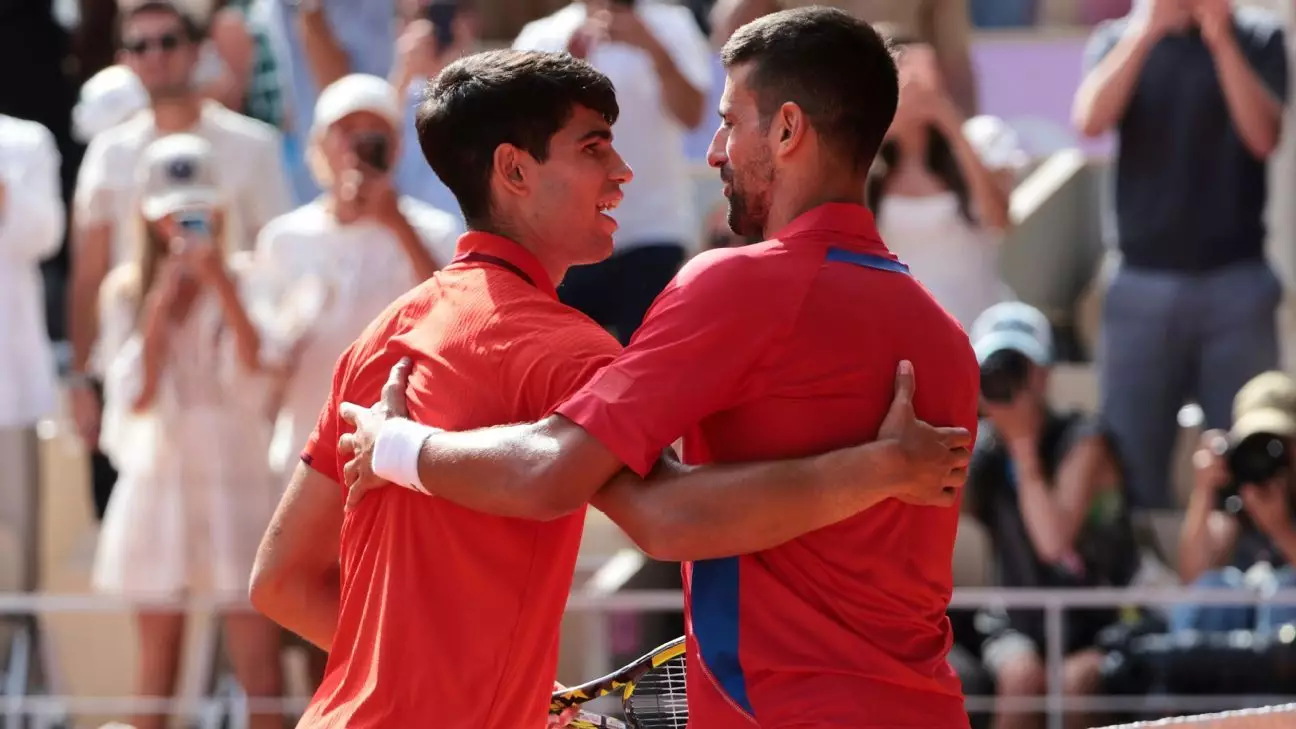As the tennis world converges on Melbourne for the 2024 Australian Open, excitement simmers over the releases from the tournament draw. This year’s event comes loaded with storylines as defending champion Jannik Sinner and ten-time winner Novak Djokovic find themselves on opposite sides of the bracket. With such a setup, the potential for gripping matchups is high, and fans are eager to see how the tournament unfolds.
The Australian Open is renowned not only for its high level of competition but also for its unpredictable nature. The initial draw can often influence players’ paths to victory. Sinner, who triumphed over Djokovic in the semifinal last year, enters the tournament with an aura of confidence. His showdown with Nicolas Jarry in the first round sets the stage for a possible repeat of his electrifying form from last year, when he took home his maiden Grand Slam title after a rollercoaster five-set final against Daniil Medvedev.
Sinner’s draw encompasses a mix of formidable opponents, including Taylor Fritz and rising star Ben Shelton. Fritz, opening against Jenson Brooksby, could serve as a significant hurdle for Sinner should he advance—adding another layer of intrigue. The anticipation grows as to whether Sinner can replicate his prior success or if he will fold under the pressure presented by a tough field.
Novak Djokovic, despite not being in Sinner’s half, remains a focal point of this year’s tournament. With a journey that could lead him to a quarterfinal clash with the third-seeded Carlos Alcaraz, and a subsequent meeting with the second-seeded Alexander Zverev in the semifinals, Djokovic’s road is rife with challenges. In particular, this tournament marks his first as a pupil under the guidance of his former rival, Andy Murray. This collaboration may be key in reshaping Djokovic’s strategies as he aims to reclaim the title he has held so dominantly in previous years.
Djokovic’s return to Melbourne follows a turbulent past where he infamously faced exclusion. The psychological scars from that experience could influence his performance, but if history is any guide, Djokovic tends to thrive in high-pressure scenarios. The narrative of his comeback from adversity adds depth to his participation, prompting enthusiasts to ponder whether he can navigate through his section of the draw unscathed.
In the women’s draw, Aryna Sabalenka, who has become a fixture in conversations surrounding the best players in the world, enters as the defending champion. Her desire to win a third consecutive Australian Open singles title, a feat last accomplished by tennis legend Martina Hingis, presents a compelling storyline. Sabalenka’s opening match against former U.S. Open champion Sloane Stephens will not come easy; both athletes possess the capabilities to seize control of matches.
Moreover, Sabalenka’s quest is shadowed by her potential forays against other heavy hitters like Coco Gauff, who is a potential semifinal adversary. Gauff, however, faces an uphill battle in her opening match against Australian Open champion Sofia Kenin, indicating that early exits are plausible among the top seeds. The women’s draw is thus laden with volatility as talent collides and unpredictability looms.
As the Australian Open gears up for its opening matches, the anticipation is palpable. With each section of the draw presenting myriad challenges and layers of competition, this year’s tournament promises to be one for the books. Will Sinner continue his charge as the top seed, or will Djokovic’s experience shine through once again? Meanwhile, can Sabalenka navigate the challenges laid out for her or will a new champion emerge? The next two weeks in Melbourne promise to hold answers to these questions and more, as the world’s best tennis players vie for supremacy on a stage that has repeatedly defined careers and legacies. The excitement is building—not just for the games themselves, but for the narratives that will unfold along the way.


Leave a Reply